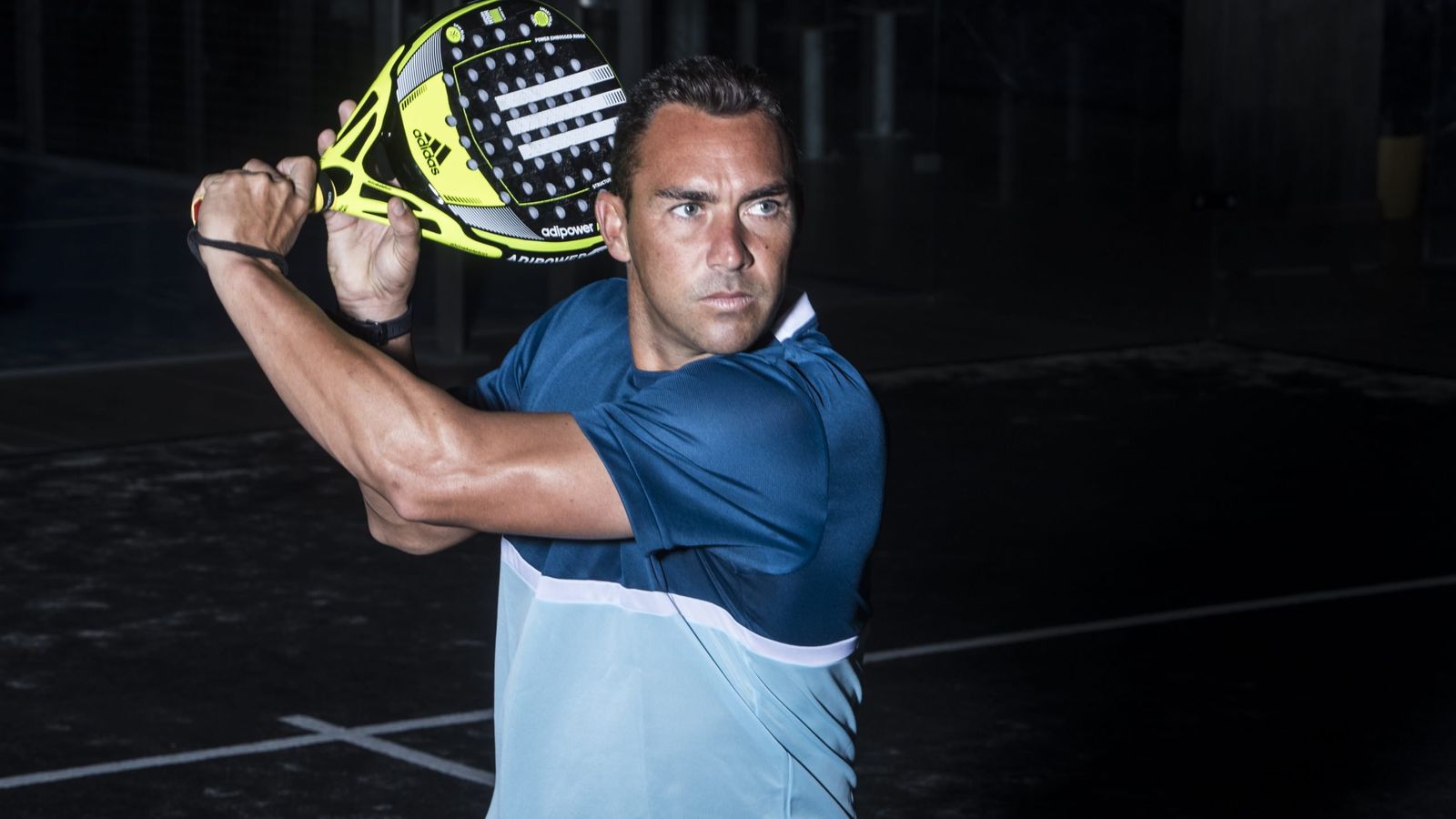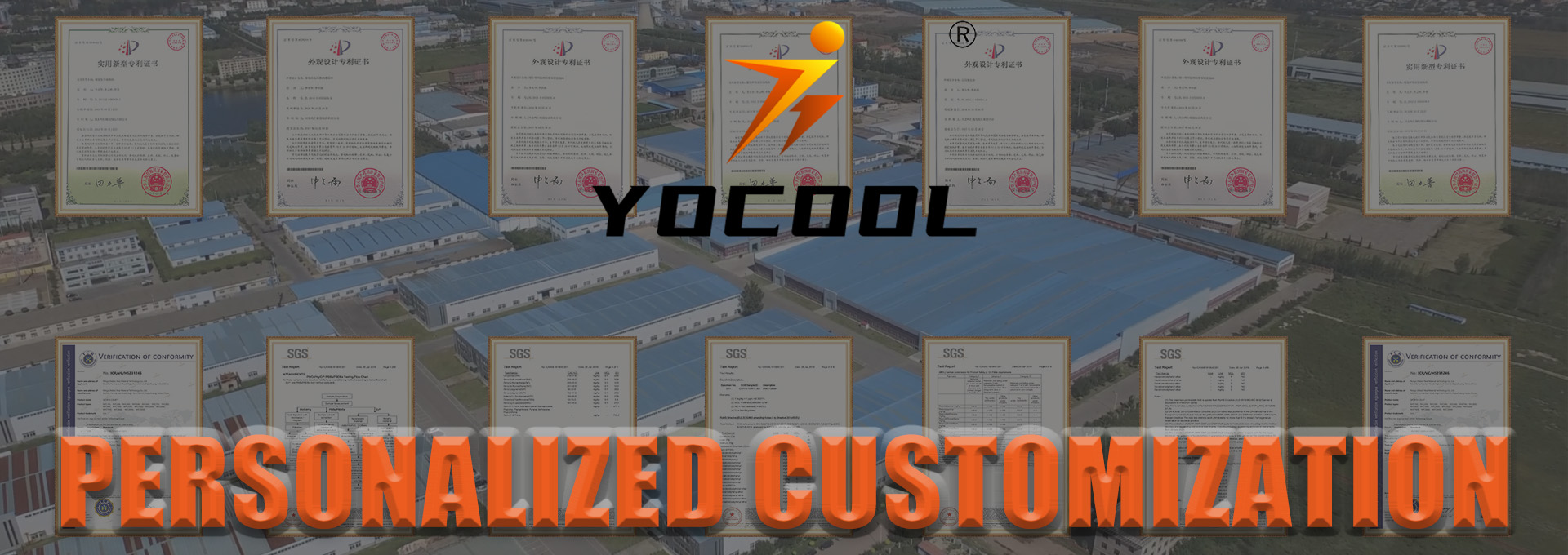Nov . 24, 2024 03:13 Back to list
tennis and padel
Tennis and Padel A Comparative Exploration
Tennis and padel are two racquet sports that have gained significant popularity worldwide, each boasting unique characteristics, rules, and cultural significance. While both sports share similarities, such as their use of racquets and a focus on skill and strategy, they cater to different audiences and offer distinct playing experiences.
The Basics of Tennis
Tennis has a rich history dating back to the late 12th century, originating from a French game called jeu de paume. The modern version we know today began to take shape in the late 19th century. Played on a rectangular court divided by a net, tennis can be played in singles (one player per side) or doubles (two players per side) formats. The objective is to hit the ball over the net into the opponent's court, aiming to win points by making it difficult for the opponent to return the ball.
Tennis matches can take various forms, including best-of-three or best-of-five sets, with each set comprising games that players must win by a margin of at least two points. The scoring system, involving points like 15, 30, 40, and game, adds a layer of complexity to the match. Moreover, major tennis tournaments, such as the Grand Slam events—the Australian Open, French Open, Wimbledon, and US Open—draw significant global attention and showcase the sport's elite athletes.
The Rise of Padel
On the other hand, padel is a relatively newer sport, having originated in Mexico in the 1960s. It combines elements of tennis and squash and is typically played on an enclosed court that is smaller than a standard tennis court. The walls are an integral part of the game, allowing players to play the ball off the walls and adding a strategic dimension to rallies.
Padel is usually played in doubles format, promoting social interaction and teamwork. The equipment is simpler as players use solid, perforated rackets, and the balls are similar to tennis balls but slightly less pressurized. The rules are straightforward, making it easy for newcomers to pick up the game. A standard padel match is played in sets, similar to tennis, but the scoring system is often adapted to facilitate quicker games.
tennis and padel

Similarities and Differences
Both tennis and padel require agility, coordination, and strategic thinking. Players in both sports must anticipate their opponents' moves and react swiftly to keep the ball in play. However, the playing styles differ significantly. Tennis often emphasizes powerful serves and groundstrokes, while padel focuses more on finesse, placement, and teamwork, given the nature of the enclosed court.
The social aspect of padel is another compelling factor in its growing popularity. Padel courts are often found in urban areas and recreational clubs, attracting a diverse group of players. The sport fosters a community environment, as many people participate in casual matches after work or during weekends. Tennis, while also played socially, places a heavier emphasis on individual competition and personal achievement, evident in its structured tournaments and rankings.
Cultural Impact and Growth
In recent years, padel has seen explosive growth, particularly in Europe and Latin America. Its accessibility and social nature have led to an increase in participation, particularly among younger players. Various professional leagues and tournaments have emerged, offering platforms for players to showcase their talents and compete at higher levels.
Meanwhile, tennis continues to thrive, with a storied history and a legacy of legendary players such as Serena Williams, Roger Federer, and Rafael Nadal. The sport has evolved, embracing technology and training advancements to enhance player performance and spectator enjoyment.
Conclusion
Both tennis and padel offer unique experiences for players and fans alike. Whether you prefer the intensity and tradition of tennis or the dynamic and social nature of padel, both sports provide avenues for exercise, competition, and camaraderie. As they continue to evolve, the future of these racquet sports looks promising, ensuring that they will remain integral parts of the global sporting landscape. Regardless of the choice, engaging in either sport fosters physical fitness and community spirit, enriching the lives of those who participate.
-
Homogeneous Transparent Floor Durable & Stylish Rubber Floor Solutions
NewsJun.24,2025
-
Premium Rubber Composite Floor for Ultimate Durability & Safety Rubber Floor Mat Solutions
NewsJun.10,2025
-
High-Quality Industrial Flooring Solutions for Factories Expert Installation & Cost Saving
NewsJun.10,2025
-
Premium Rubber Brick Flooring Durable & Slip-Resistant
NewsJun.10,2025
-
Durable & Non-Slip Rubber Flooring for Gym, Garage, Home
NewsJun.10,2025
-
Durable Industrial Flooring Solutions China Padel Install
NewsJun.09,2025

